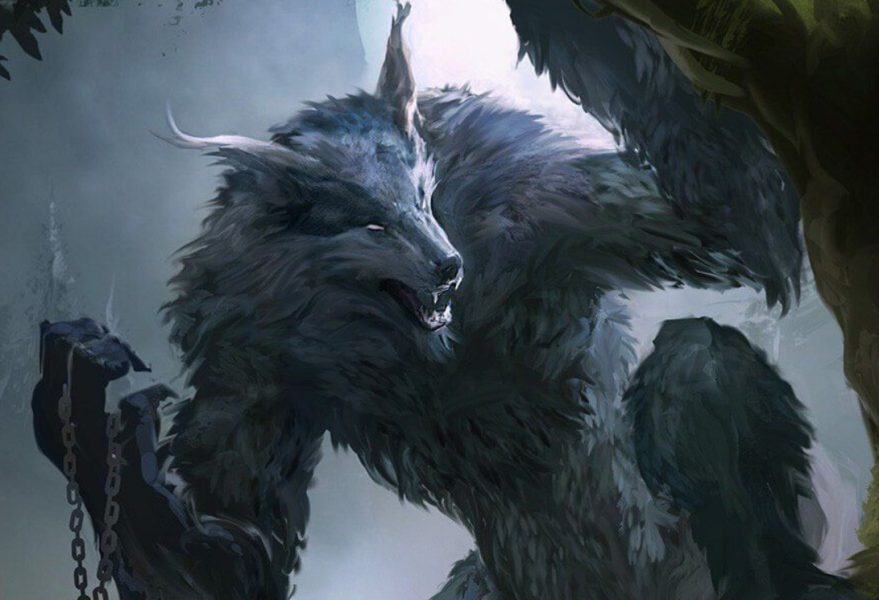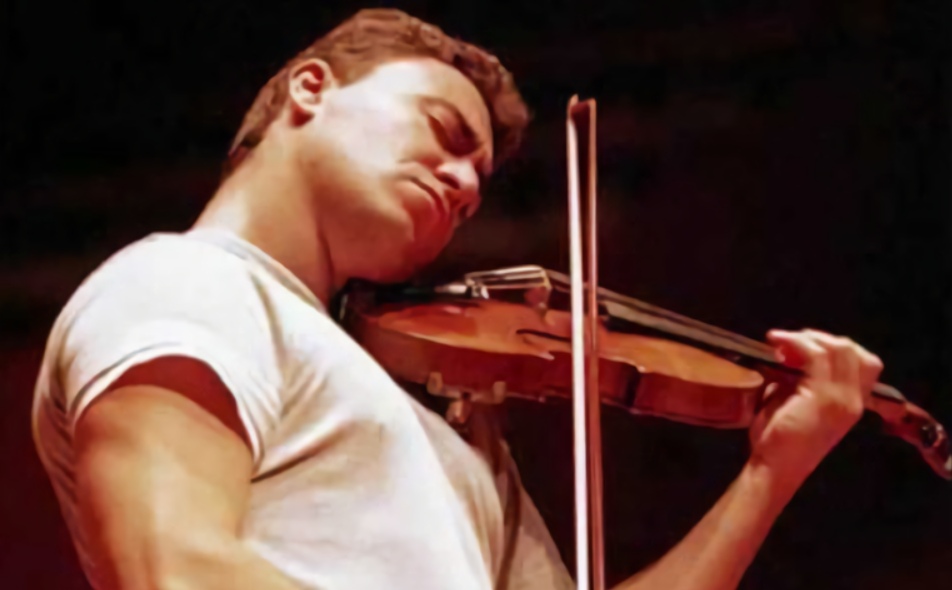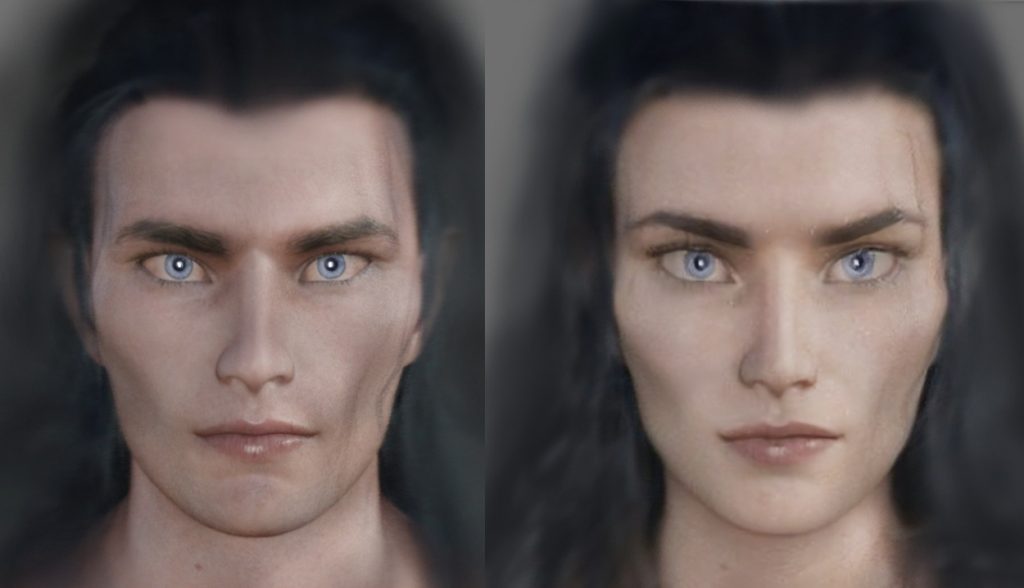Again a find and again a small digression, only not historical and cultural, but scientific.
Lycanthropy (or, more correctly, therianthropy - from el. θηρίον "beast" + ἄνθρωπος "man") is a group of hereditary diseases characteristic of the genus Homo. Caused by several different related mutations on the X chromosome; type of inheritance - X-linked recessive.
There are four different courses of the disease:
- chronic: a person can, at will, magically very quickly rebuild his body, thus turning into an animal (which one depends on the type of mutation);
- subacute: a person cannot control his transformations, and they occur spontaneously, under the influence of various exogenous and endogenous factors;
- acute: a person uncontrollably turns into a beast and back; the number of such transformations can reach ten to twenty per hour. Usually ends in death without proper magical medical assistance;
- asymptomatic: a person cannot turn into an animal (and, without being examined, it is unlikely that he will ever know that he is a carrier of a mutation).
A subacute course can develop into an acute one with severe exhaustion of the nervous system; chronic - very rarely in subacute; asymptomatic of almost everything and remains asymptomatic.
Since with such a rapid restructuring of the structure of the body, nervous tissue suffers a lot (which, in fact, is destroyed, and then almost reassembled), the body stops the pain that occurs (and they are very terrible, believe me) in two ways:
- in 5% percent of carriers (a harmless variant) - turning off the cerebral cortex and the rest of the nervous system. The person thus sinks into a state like fainting and total sensory deprivation, waking back up after the transformation is over;
- the rest 95% - throwing into the blood a huge amount of adrenaline, serotonin and endorphins. This whole hormonal cocktail overloads the sensory system, which makes pain feel more muted.
And the second method has many unpleasant side effects. A person, if treated regularly and often enough, becomes an adrenaline-serotonin addict and begins to do it more and more often; the body does not have time to produce hormones, their supply is depleted, as a result of which depression develops ... Well, not to mention the fact that the nervous system itself cannot withstand frequent appeals and begins to collapse because yes.
For such people, various complex preparations have been specially developed. The principle of their work is the same: firstly, they contain all the above hormones in the right proportion; secondly, they themselves oppress and suppress sensory systems, which makes it less painful and unpleasant.
And here's the thing: we found some vials of this drug... made in the first half of the fourth century! First half! 4th century AD! No; It's clear that Alvian medicine was very advanced even then, but all the same, the discovery is very sudden - especially since the examination is unlikely to lie. The werewolf who had this thing with him was very lucky.








